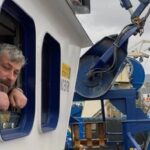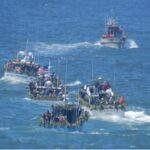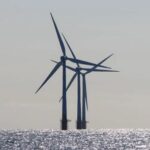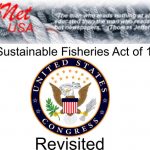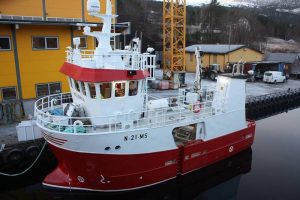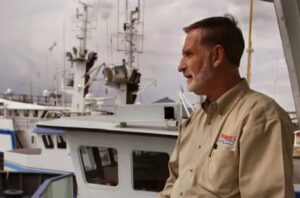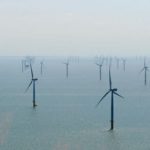Tag Archives: Atlantic Sea Scallop Fishery

Atlantic sea scallops at lowest biomass in over 20 years and what that means for New Bedford
A Scallop Survey Report presented at the NEFMC meeting Tuesday showed the Atlantic Sea scallop fishery is facing its lowest biomass in over 20 years. Throughout the NEFMC jurisdiction, the survey estimated a biomass decrease of almost 30%. The Georges Bank region saw the largest drop, around 36%. Tyler Miranda, a scalloper Captain and owner who came to prominence during the recent scallop license allocation debate, said that though it is of concern, the announcement does not worry him too much. “Obviously I worry, but what I’ve come to realize about the scallop industry is it fluctuates year to year,” Justin Mello said he felt similarly. “I’m only gonna go into the areas they allow us to, that’s why they call it fishing and not catching.” >click to read< 14:20

Success of NY Offshore Wind Industry Depends on Collaboration with Scallop Fishery – Who’s leaving because of Displacement?!
Governor Cuomo’s 2018 Offshore Wind Master Plan outlines steps for offshore wind development until 2030. A first-of-its-kind document in the 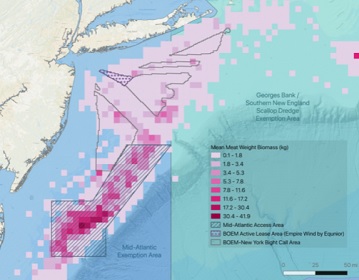 United States, the plan delineated a study area known as the New York Bight Call Area.. The NY-NJ Bight Call Area is valuable to the Atlantic sea scallop fishery, the largest wild scallop fishery in the world. In 2016, the scallop industry generated $486 million in landings revenue. As a point of comparison, the American lobster was the top species fished in 2016, with $667 million in landings revenue.,, fishermen are concerned that the potential displacement of fishing activity from the wind farms could increase competition for the same scallop resources in the NY-NJ Bight and drive smaller vessels out of business. >click to read< 16:45
United States, the plan delineated a study area known as the New York Bight Call Area.. The NY-NJ Bight Call Area is valuable to the Atlantic sea scallop fishery, the largest wild scallop fishery in the world. In 2016, the scallop industry generated $486 million in landings revenue. As a point of comparison, the American lobster was the top species fished in 2016, with $667 million in landings revenue.,, fishermen are concerned that the potential displacement of fishing activity from the wind farms could increase competition for the same scallop resources in the NY-NJ Bight and drive smaller vessels out of business. >click to read< 16:45
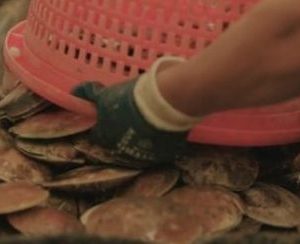
Sustaining Sea Scallops
SUSTAINING SEA SCALLOPS is a 35-minute documentary on the history and resurgence of the Atlantic sea scallop fishery, seen through the eyes of fishermen and researchers. In 1999, facing fisheries closures and bankruptcy, the scallop industry began funding a unique research program to minimize impacts on the marine environment. Fifteen years later, the Atlantic sea scallop is hailed as one of the most sustainable and lucrative fisheries in the world. From New Bedford, Massachusetts to Seaford, Virginia, fishermen and researchers tell a rare tale of renewal, offering cooperative research as a new model for sustaining healthy fisheries and fishing communities. A Connecticut fishermen describes tough times when trawl fishing went bust, and what changed once scallops started to rebound. Researchers at the Woods Hole Oceanographic Institution, the University of Massachusetts-Dartmouth, and Virginia Institute of Marine Science explain how gear innovations and better surveys ensure scallop future harvests while reducing needless harm to other species and habitat. At the heart of it all, a former NOAA Fisheries captain-turned-farmer works to increase fishermen’s access to these technologies through his non-profit research organization, the Coonamessett Farm Foundation. Watch the video here 09:52

































